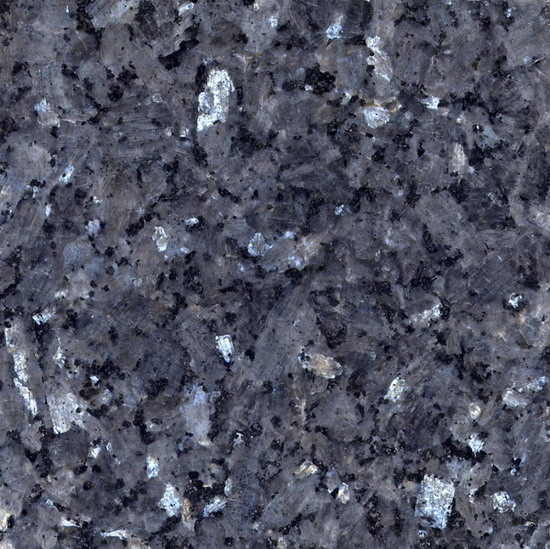Types of Natural Stone | Stone Countertops | Stone Surfaces
Check out the various types of natural stones available at Stone Surfaces in Woburn, MA. Visit our website or contact us for more information.
Types of Natural Stone
GRANITE
Granite is a hard, igneous rock that is found in various forms throughout the earth. Its durability and variety of colors make it the perfect material for many applications including kitchens, bathrooms, fireplaces, floors and walls. We have over 100 colors to choose from.
MARBLE
Marble is a crystallized stone formed from intense heat and pressure. It's sweeping lines, beautiful colors and high polish convey a look of elegance and prosperity like no other material. Available in many colors from around the world, Stone Surfaces specializes in fine Greek marbles.
LIMESTONE
Limestone is a sedimentary stone comprised primarily of calcium deposits. It has been used indoors and outdoors throughout the history of mankind to create some of the world's most famous architecture.
SLATE
Slate is a dense, metamorphic rock produced by the compression of various sediments such as clay and shale. Suitable for indoor or outdoor use, it is available in a smooth or cleft finish.
SOAPSTONE
Soapstone is a dark grey or green variety of talc. Softer to the touch than other stones, it gives the feeling of rubbing a piece of dry soap. A popular choice when trying to achieve an old fashioned or rustic look.
ONYX
Onyx is a fine grained form of quartz with bands of different colors. It is translucent, creating a spectacular effect when backlit. Available in a variety of colors.
QUARTZITE
This is an amazing material. It is naturally strong, resists heat and is hard to stain. Quartzite is formed from sandstone and quartz together under a great deal of heat and pressure. The empty grains of sandstone are filled with quartz. This process makes quartzite harder than quartz. View colors available at Stone Surfaces.
TRAVERTINE
Travertine is a form of limestone deposited by mineral springs. It often has a fibrous or concentric appearance and exists in white, tan, cream-colored, and even rusty varieties. It is formed by a process of rapid precipitation of calcium carbonate in a limestone cave. In the latter, it can form stalactites, stalagmites, and other speleothems. It is frequently used in Italy and elsewhere as a building material.








